A Long March 6A rocket launched from the Taiyuan Satellite Launch Center on Tuesday to deliver 18 G60 satellites into orbit, marking the first deployment for Shanghai Spacecom Satellite Technology's Thousand Sails constellation.
This giant satellite constellation will consist of 1,296 satellites when completed, with plans to expand its capacity to around 14,000 to compete with SpaceX's Starlink satellites.
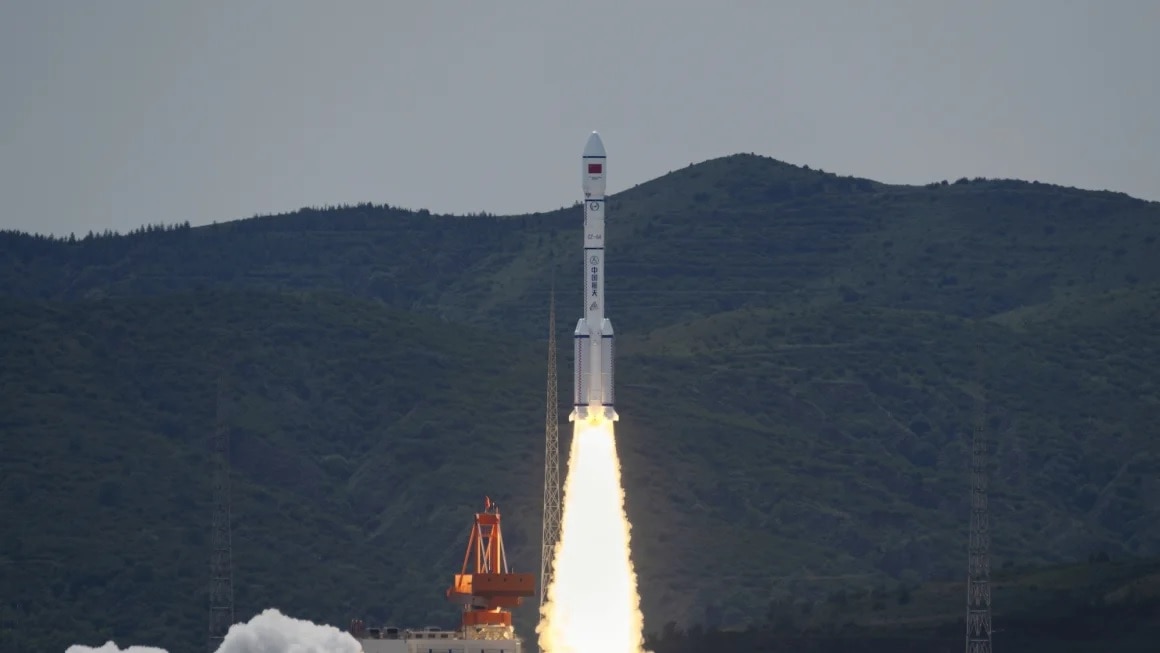
A Long March 6A rocket carrying 18 satellites lifted off on Tuesday from China's Taiyuan Satellite Launch Center. Photo: AP
The US Space Command is continuing to monitor the debris and is providing information to NASA. “There is no immediate threat to the International Space Station observed as a result of this incident,” said Rob Margetta, public affairs officer at NASA headquarters.
The amount of debris tracked changed by the hour on Thursday, starting with more than 50 pieces of debris being tracked by Slingshot Aerospace’s Global Sensor Network. Later, US Space Command said it was tracking more than 300 pieces of debris.
Radar data from tracking organization LeoLabs has now confirmed that the event created at least 700 pieces of debris and potentially as many as 900 more.
The rocket is believed to have broken up at an altitude of 810 kilometers (510 miles) above the Earth’s surface, and the debris poses a “significant hazard to low-orbit satellites” at altitudes below 800 kilometers (500 miles), according to Slingshot. By comparison, the International Space Station orbits Earth at an altitude of about 408 kilometers (250 miles).
The true risks of the debris cloud won't be known until experts have a chance to fully analyze it, which could take another day or two. And the reason the rocket broke up is still unknown.
Another Long March 6A rocket body exploded in a low Earth orbit region with a dense satellite density on November 12, 2022, and more than 500 exploded fragments were scattered within a range of 320 to 1,500 km, increasing the risk of collision with satellites.
According to LeoLabs, there are currently nearly 1,000 abandoned rocket bodies in low Earth orbit, and that number continues to grow due to increased launches as more countries focus on their space ambitions.
Hoang Anh (according to CNN, NASA, AP)




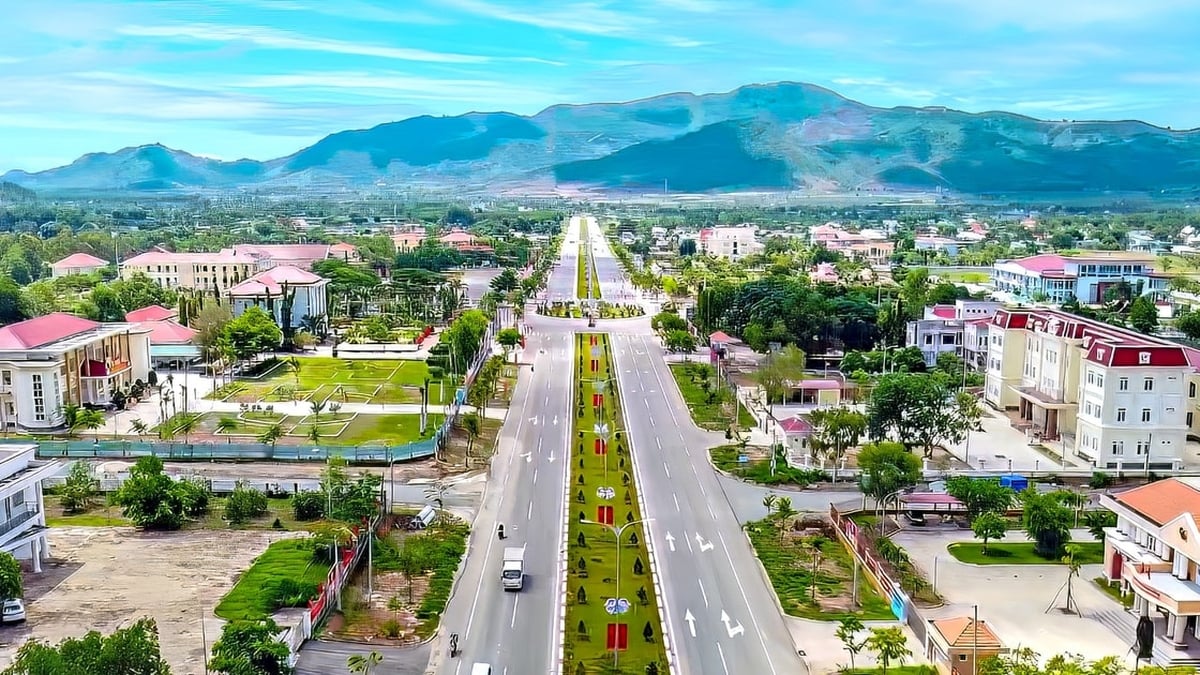



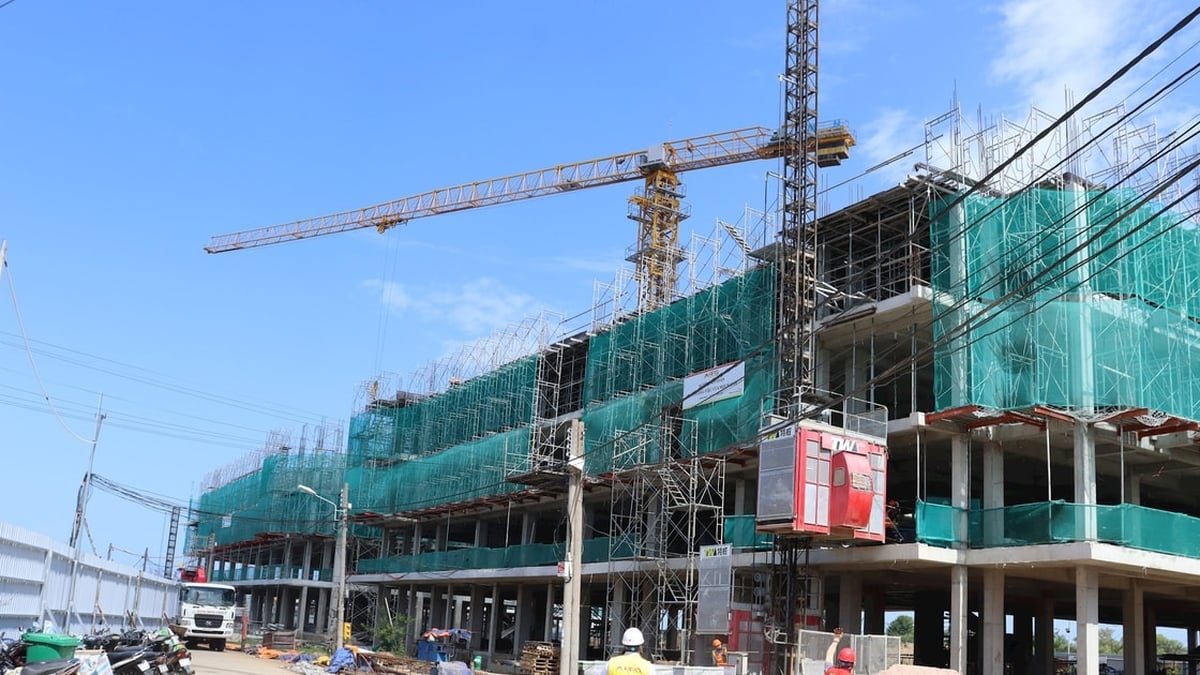















![[Photo] Signing of cooperation between ministries, branches and localities of Vietnam and Senegal](https://vphoto.vietnam.vn/thumb/1200x675/vietnam/resource/IMAGE/2025/7/24/6147c654b0ae4f2793188e982e272651)

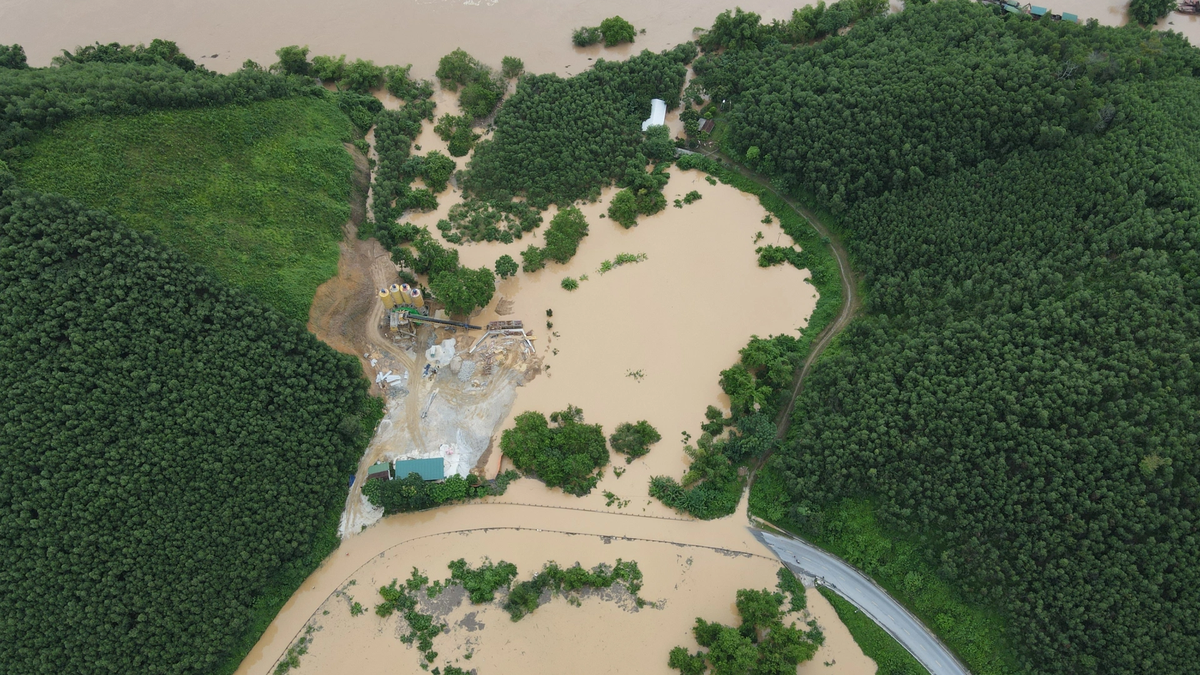










































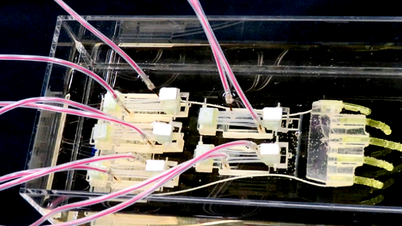

































Comment (0)